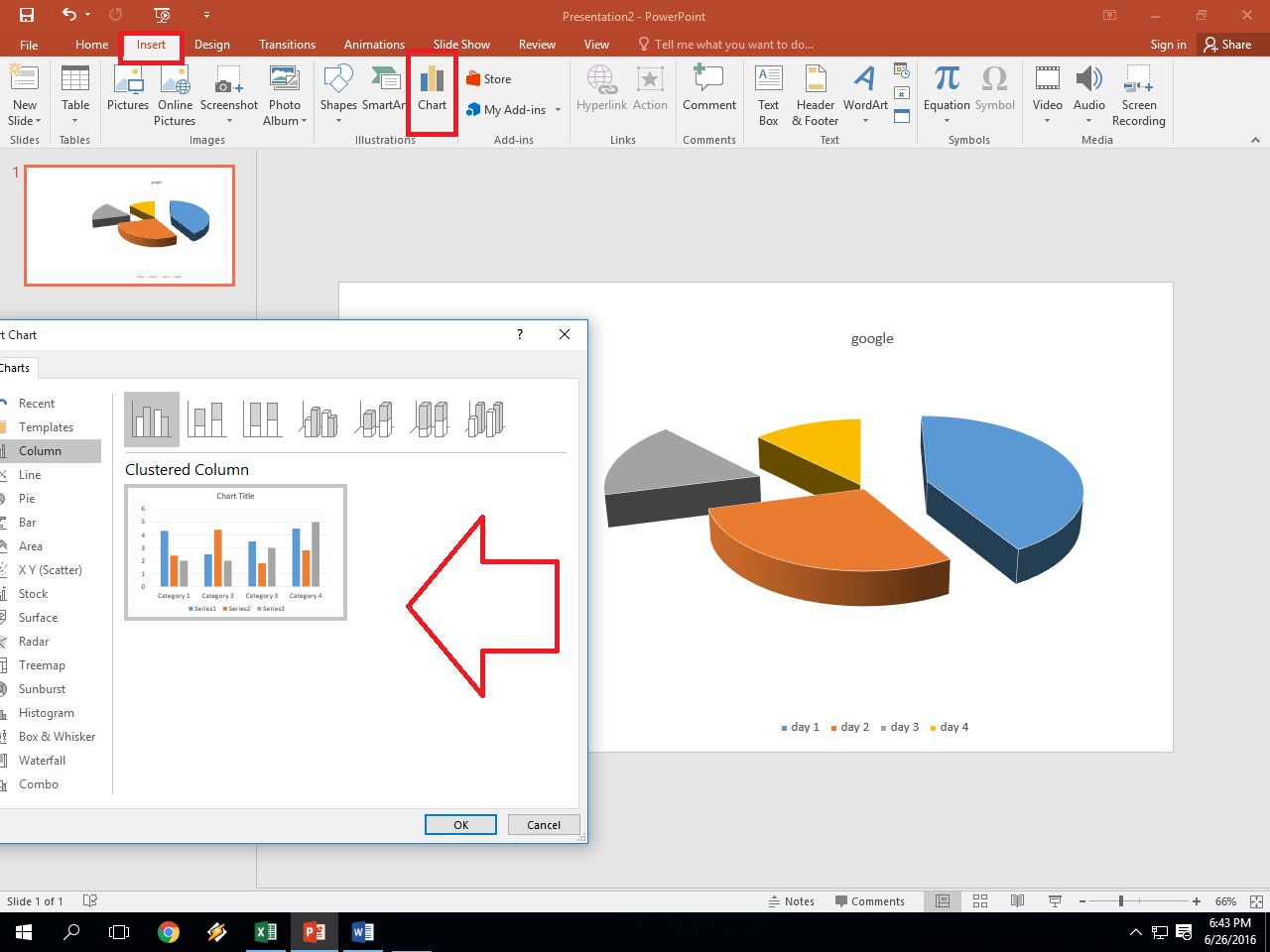Excel Check Sheet Creation: Easy Step-by-Step Guide

Creating an Excel Check Sheet: A Step-by-Step Guide

Excel check sheets are incredibly useful for maintaining records, tracking progress, and ensuring tasks are completed. Whether you’re managing a project, a daily routine, or an inventory system, having a well-structured Excel sheet can streamline your workflow and improve efficiency. In this guide, we will walk through the steps to create an Excel check sheet from scratch, including how to customize it to meet your specific needs.
Why Use an Excel Check Sheet?

Before diving into the creation process, let’s discuss the advantages of using an Excel check sheet:
- Organization: Keep tasks and items in a clear, organized manner.
- Customization: Tailor the sheet to match any activity or task list.
- Accessibility: Easily shareable across teams or accessible from different devices.
- Functionality: Excel’s built-in functions allow for automatic calculations, data analysis, and conditional formatting.
Setting Up Your Excel Worksheet

Here’s how you can set up your Excel sheet:
Step 1: Launch Excel and Create a New Workbook

Open Excel and select “Blank Workbook” to start with a clean slate.

Step 2: Define Your Check Sheet Structure

- Headings: Add column headers like ‘Task’, ‘Description’, ‘Date’, ‘Status’, and ‘Notes’.
- Rows: Each row will represent a different task or item to check.
| Task | Description | Date | Status | Notes |
|---|

📝 Note: Keep your headings short and clear to make navigation easier.
Step 3: Data Entry

Begin entering your data into the sheet. For each task or item:
- Task: Type the name or title of the task.
- Description: Provide any additional details if necessary.
- Date: Include the due date or the date the task was completed.
- Status: Options could include ‘Not Started’, ‘In Progress’, ‘Complete’, etc.
- Notes: Any additional information or comments.
Step 4: Customizing Your Check Sheet

Here are some ways to enhance your check sheet:
- Conditional Formatting: Highlight rows based on their status for quick visual reference.
- Drop-Down Lists: Use data validation to create drop-down menus for statuses.
- Formulas and Functions: Automate calculations or highlight when tasks are overdue.
- Data Filtering: Enable filters to sort and view data as needed.
Step 5: Saving Your Work

Save your Excel file regularly:
- Press Ctrl+S or go to File > Save As to save your workbook.
- Choose your file format (e.g., .xlsx) and location.
🔍 Note: Using a descriptive name for your file can help in managing multiple check sheets.
Creating an Excel check sheet can significantly improve your task management process. This tool's versatility allows it to be adapted for different purposes, from simple daily routines to complex project tracking. By setting up the structure, entering data, and customizing features, you'll have a dynamic, user-friendly check sheet that helps keep your tasks organized and on track. Remember, the beauty of Excel is its ability to adapt, so feel free to modify and enhance your check sheet as your needs evolve.
How often should I update my Excel check sheet?

+
It depends on your needs. For daily tasks, daily updates are ideal. For project management, you might update weekly or as tasks are completed.
Can I share my Excel check sheet with my team?

+
Absolutely! You can share it via OneDrive or Dropbox, or even email the file. Alternatively, use Excel Online for real-time collaboration.
What if I need to add or remove tasks frequently?

+
Design your check sheet to be flexible. Add extra rows or columns as needed, or use dynamic ranges for formulas that adjust automatically.



